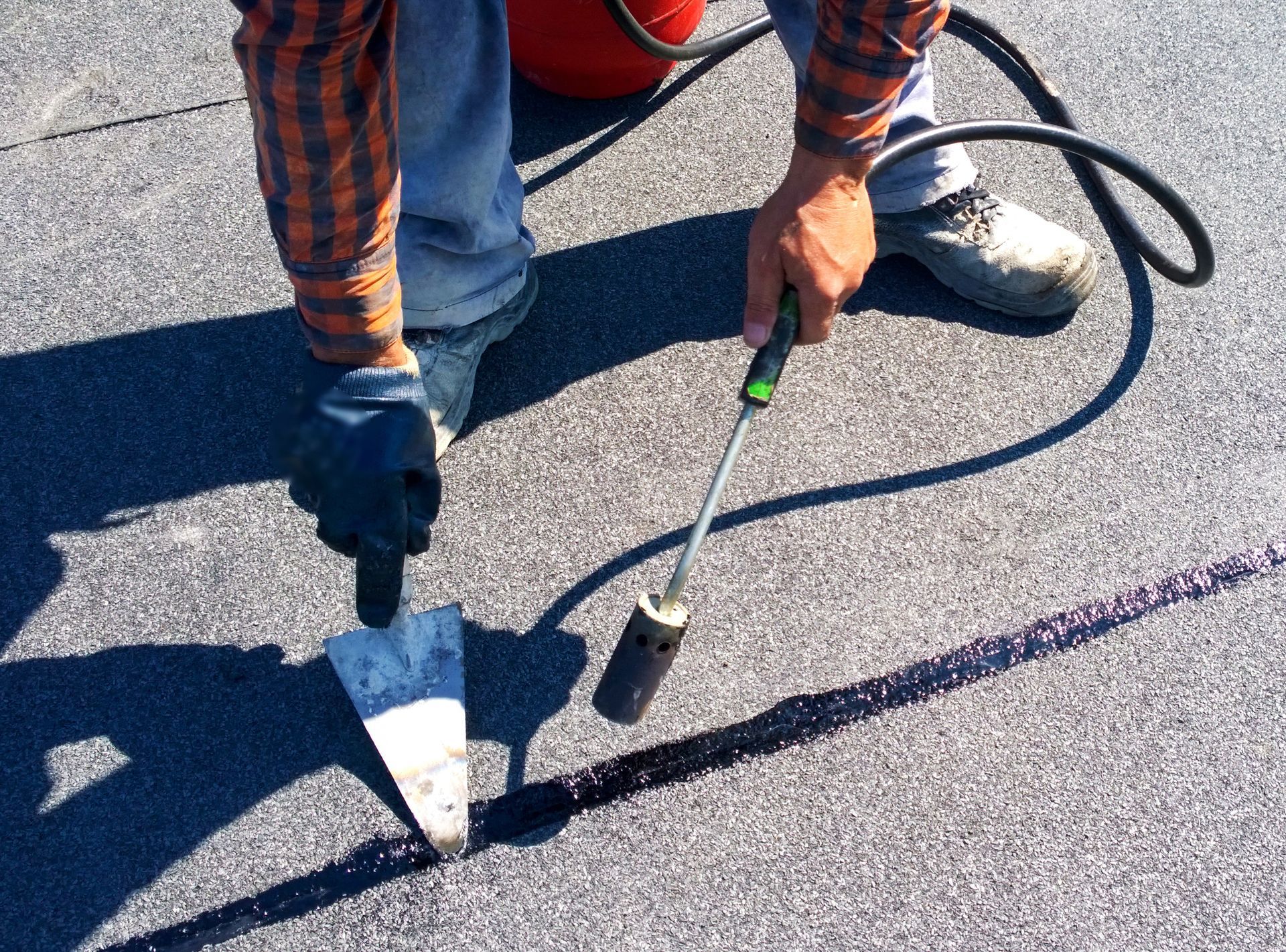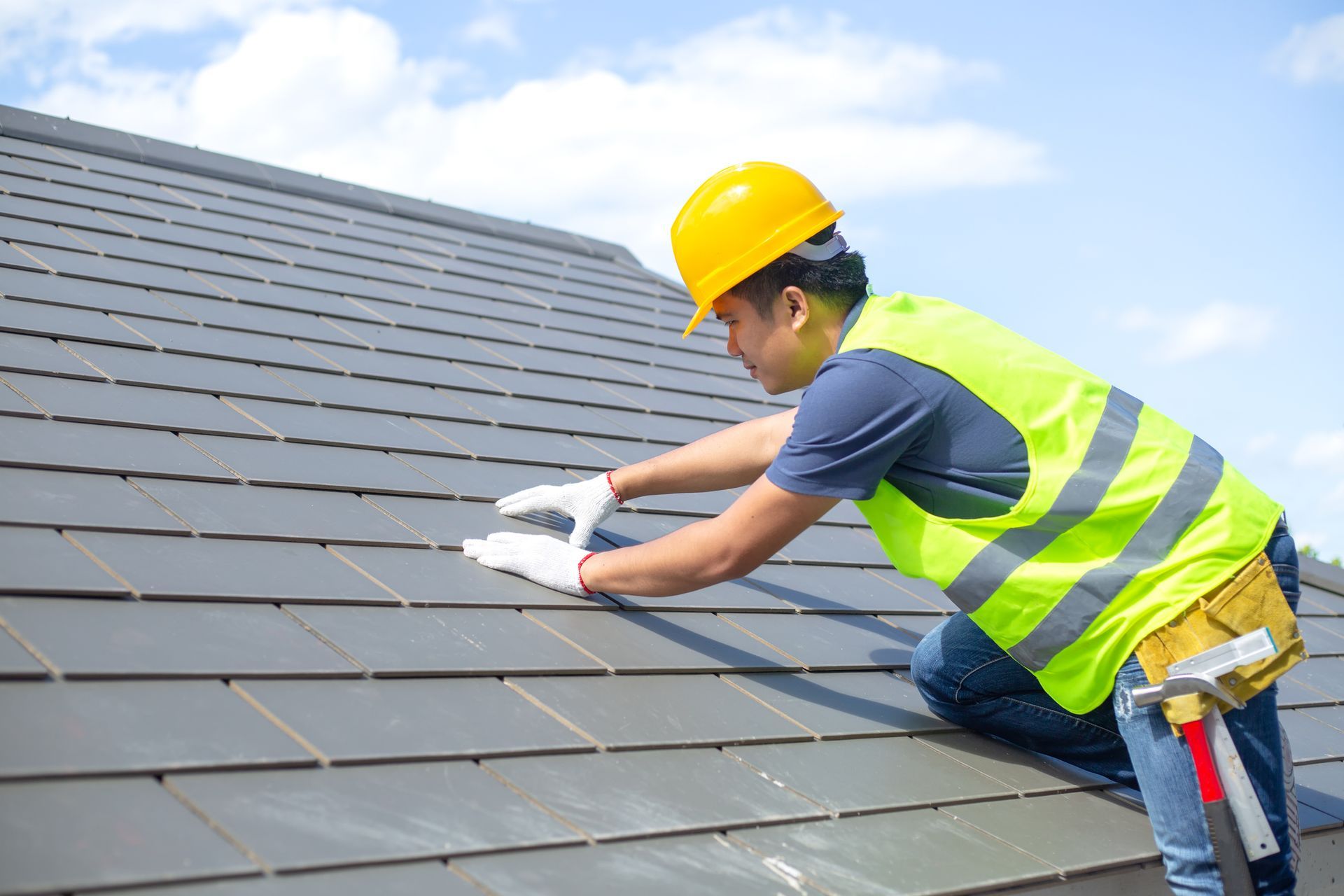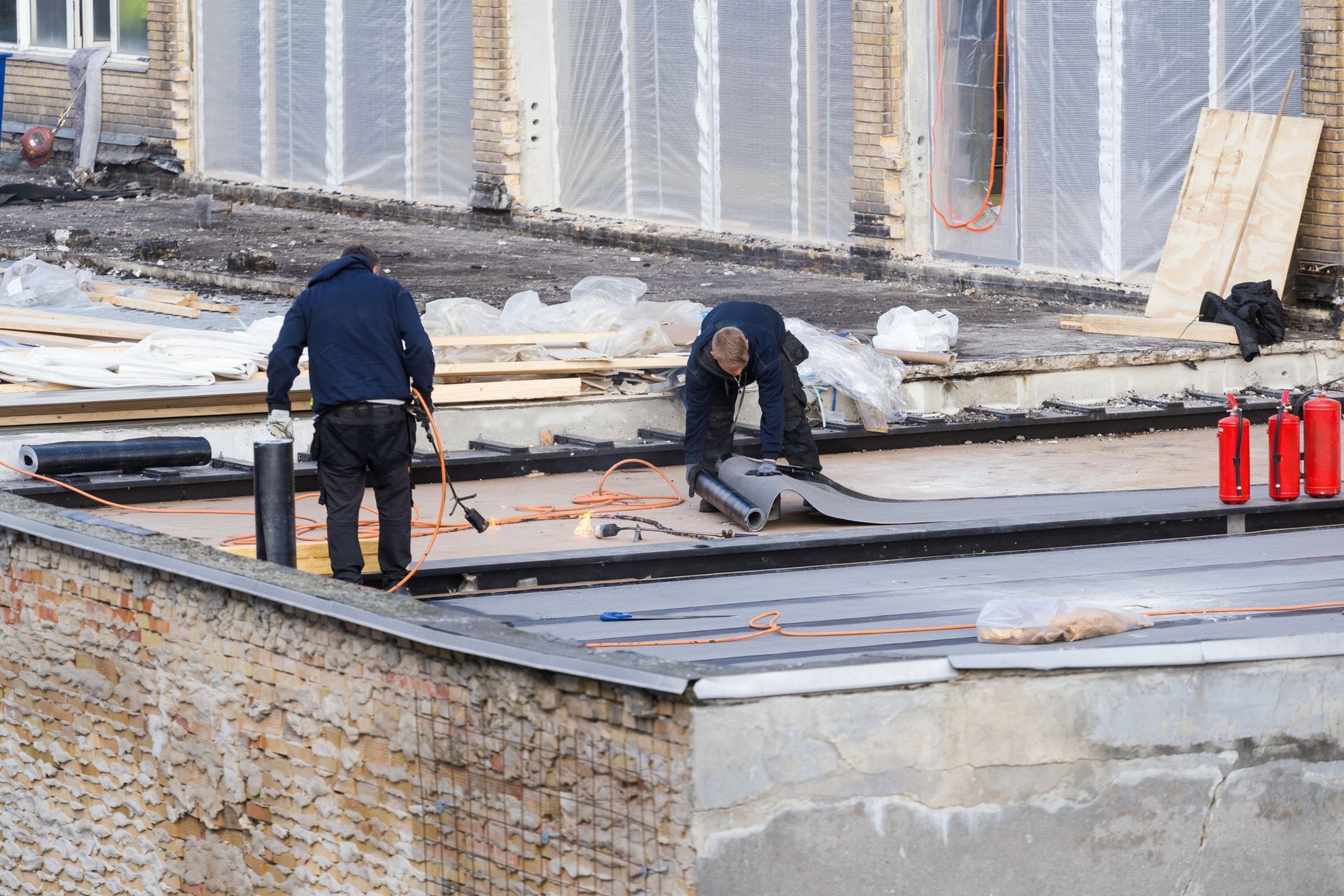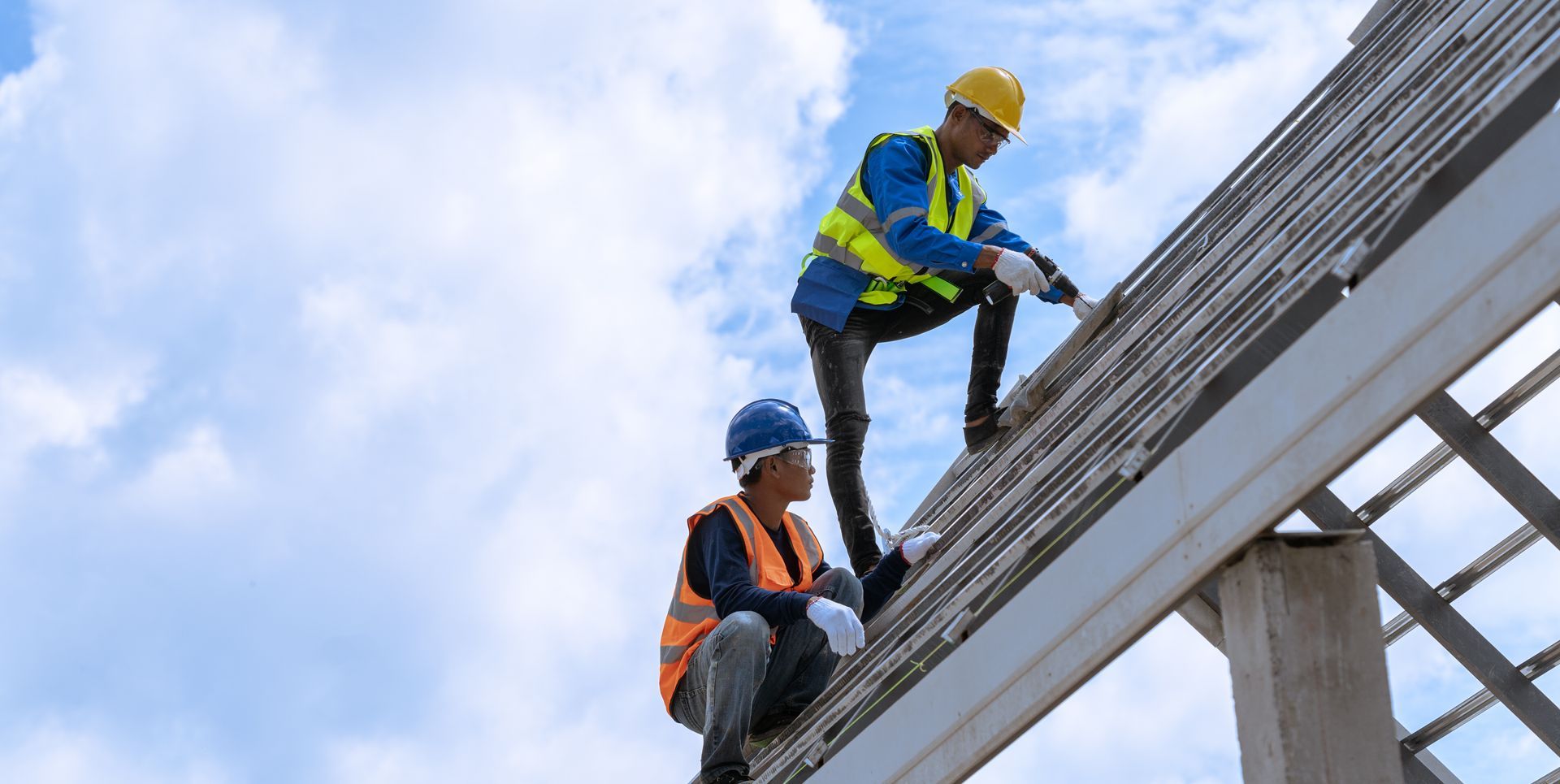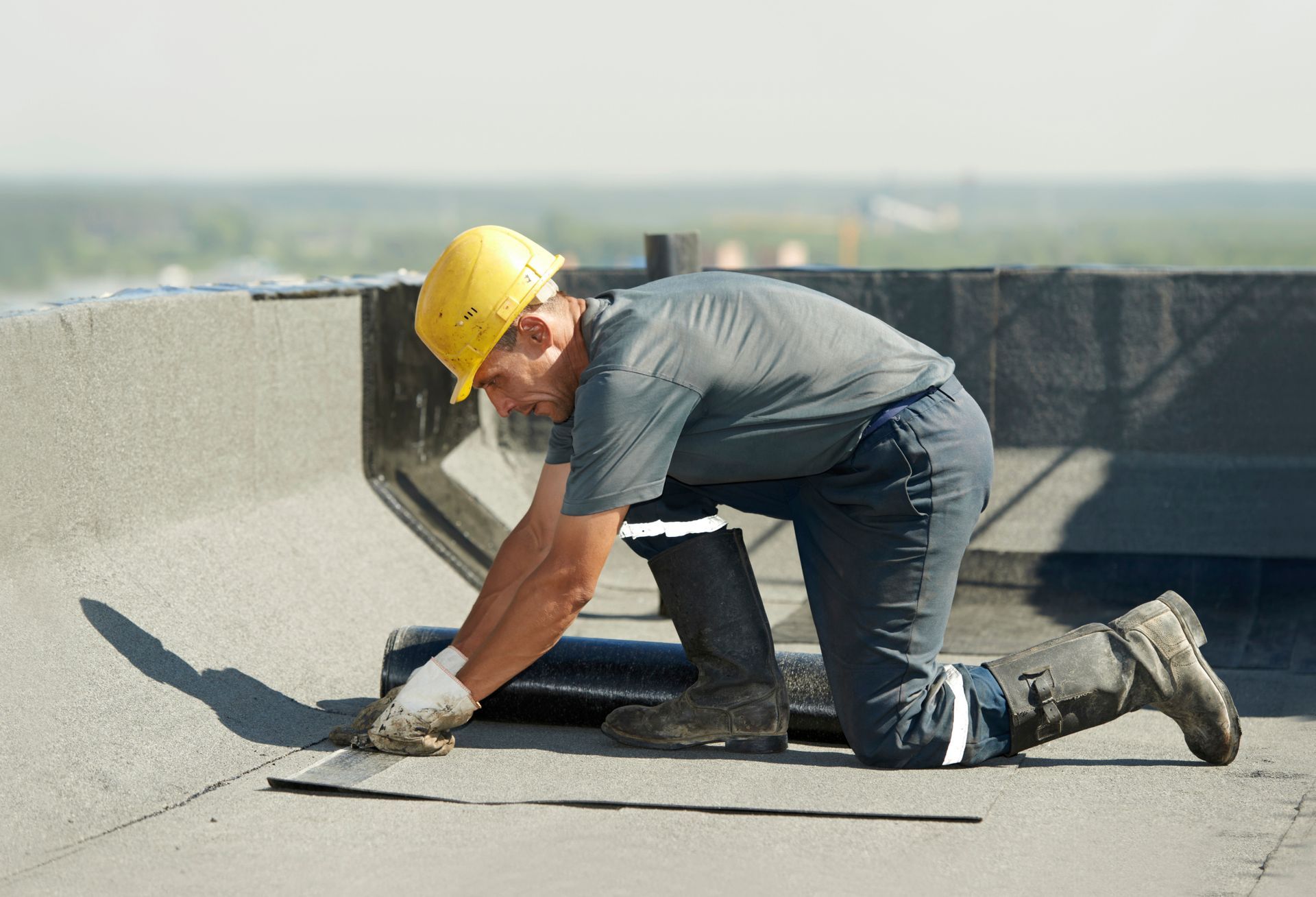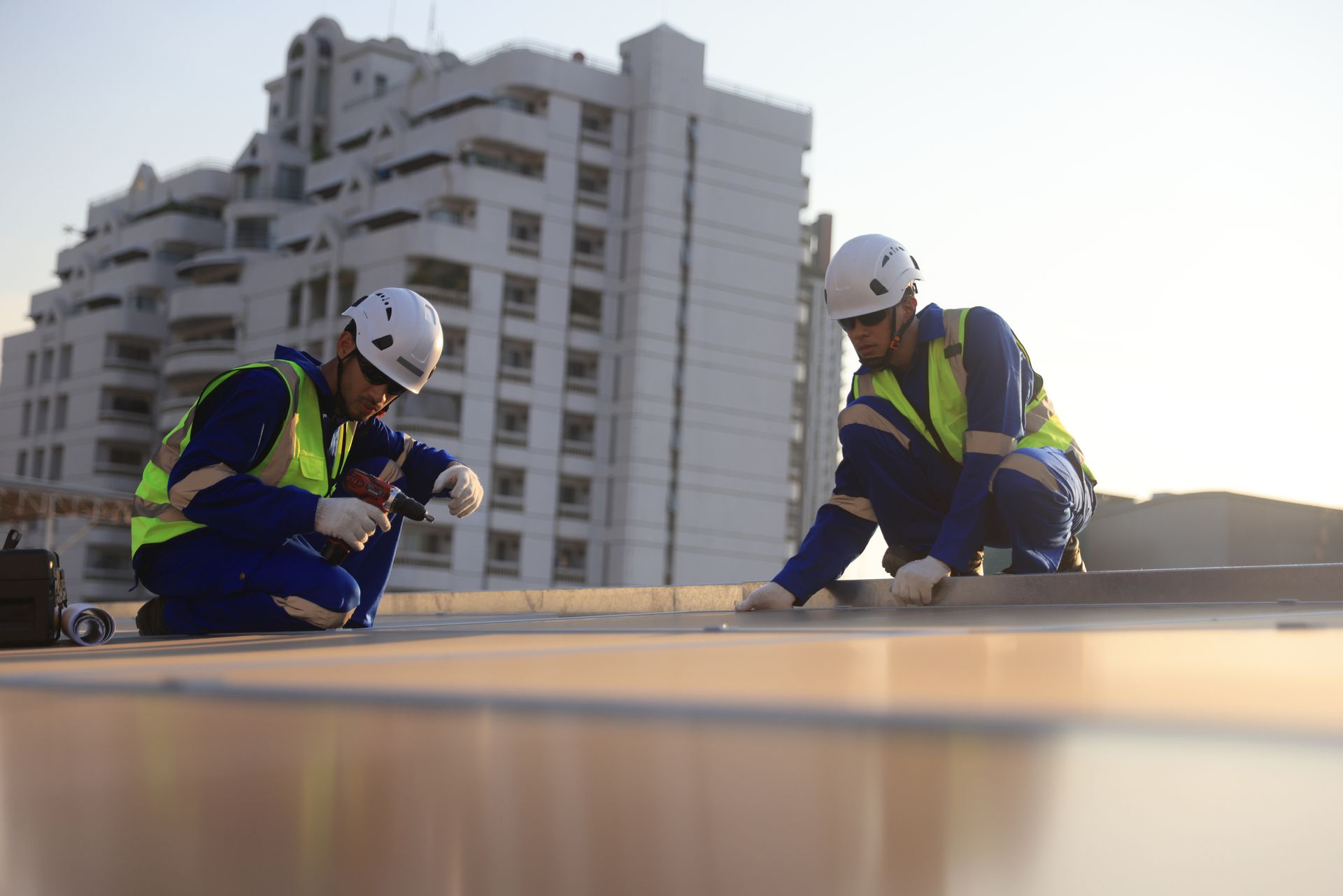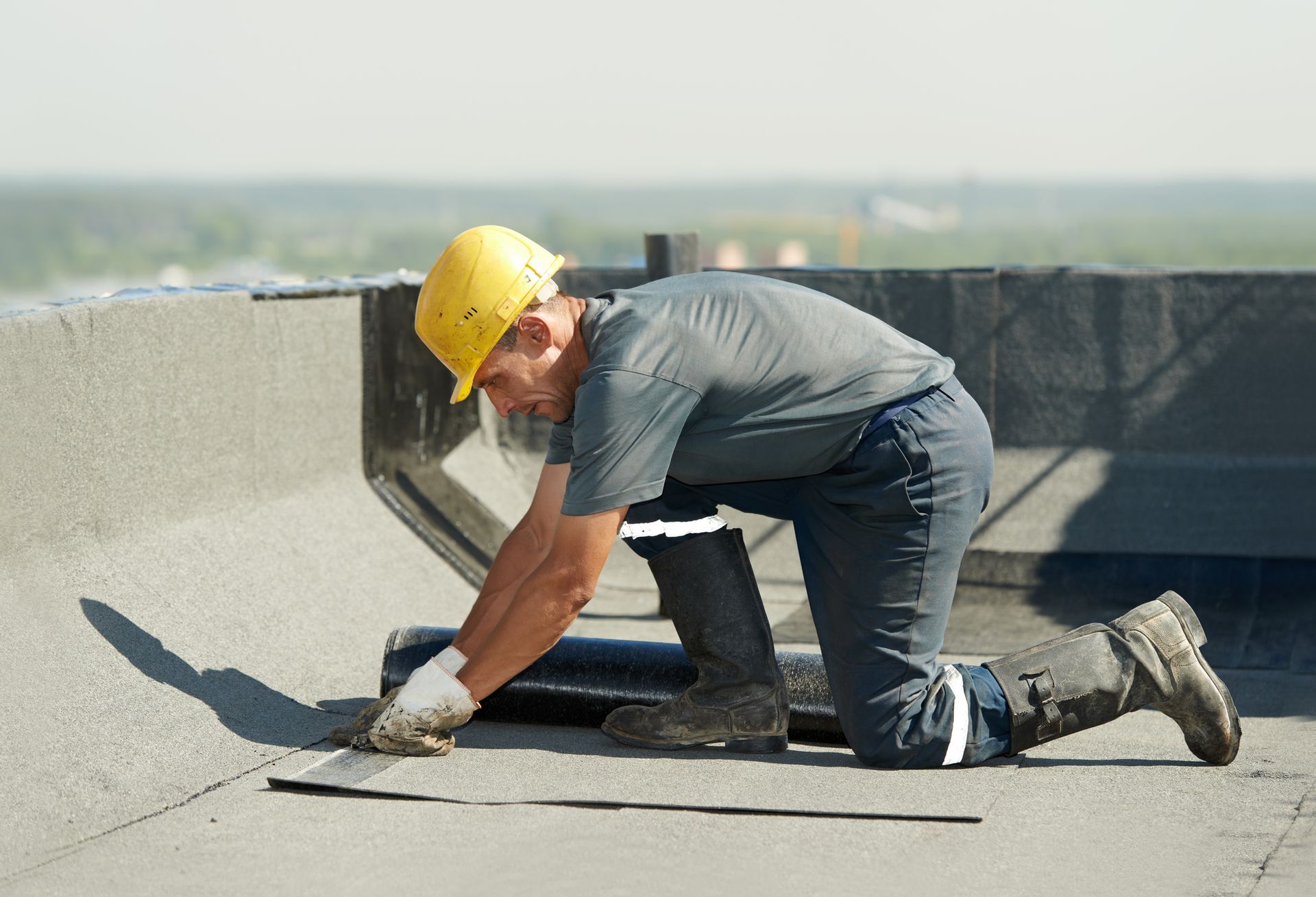3 Things You Need To Know About Sloped Commercial Roofs
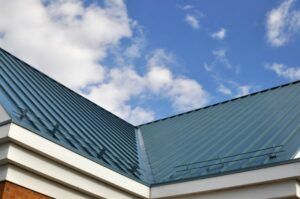
Sloped commercial roofs may not be the most common modern roof type, but they are incredibly durable and dependable when you maintain them properly. Their aesthetic appeal is also attractive to many, which puts these roofs at the top of many business owners’ lists for commercial buildings.
These roofs are ideal for large-scale commercial buildings. But before you invest in a sloped commercial roof, here are three things you should know first.
1. Sloped Roofs Offer Better Protection from Water Damage
There are two design elements that sloped roofs rely on––the pitch and the slope. The pitch refers to how the roof spans from the peak to the edge of a building. The slope refers to how steep the roof is.
Both elements work together to ensure that water won’t pool on top of your roof, which is a great strategy for water damage prevention. They combine to provide resistance against rainwater, snowfall, and hailstone accumulation.
In other words, these two elements allow water to run off the roof quickly, which means there’s less of a chance for water to stand on the roof long enough to cause damage. The rainwater is less likely to collect near the eaves and siding, which can lead to wood rot and foundation issues.
Most designs also allow for easy gutter and drainage installation, which adds an extra layer of protection for your roof. The gutters will help direct the water away from your building, which further reduces the possibility of water damage.
2. Sloped Roofs Often Require Extra Framework Support
You’ll likely need to invest in additional support or framework when you opt for a sloped commercial roof. Sloped roofs require structural components to hold up the weight of the roofing material and ensure the roof remains secure and stable.
This strategy is especially important for buildings located in areas with strong winds. Strong winds can cause significant damage to a sloped roof without proper support.
The framework also acts as a foundation on which the roof sits. So, if you want to build a sloped commercial roof from scratch, be sure to invest in quality materials for the support structure.
3. Sloped Roofs Have Room for Different Design Combinations
Sloped commercial roofs don’t have to be one-note. You can easily combine different roof types, such as hip and gable, for a truly unique look. This approach is quite popular among churches and other places of worship, as the roof design combination can create a more aesthetically pleasing façade.
But you’re not just limited to this design approach. You can also combine different roofing materials to create a unique effect. For example, you could combine asphalt shingles with metal sheets for a modern-meets-traditional look. Or, you could opt for slate tiles with fiberglass shingles for a more classic aesthetic.
In some cases, you could even have a blend of low-slope and steep-slope designs on the same building. This design approach adds visual interest to the exterior of your building and also provides top-notch protection from the elements.
You could use a low-slope design on the lower sections and steeper slopes on the higher building sections to create a balanced look with a functional outlook. The possibilities are virtually endless, so take time to explore different combinations before you decide. But first, speak with a professional roofer to make sure the combination you choose will be structurally sound.
Sloped commercial roofs are complex systems that require specialized tools, knowledge, and skill to install correctly. For best results, hire a professional contractor like Berwald Roofing. Our rich history of successful projects and satisfied customers is evidence that we can provide you with the highest quality service and provide superior protection for your business.
Contact us today to learn more about our services and get started on your commercial roofing project.
The post 3 Things You Need To Know About Sloped Commercial Roofs appeared first on Berwald Roofing Inc.


